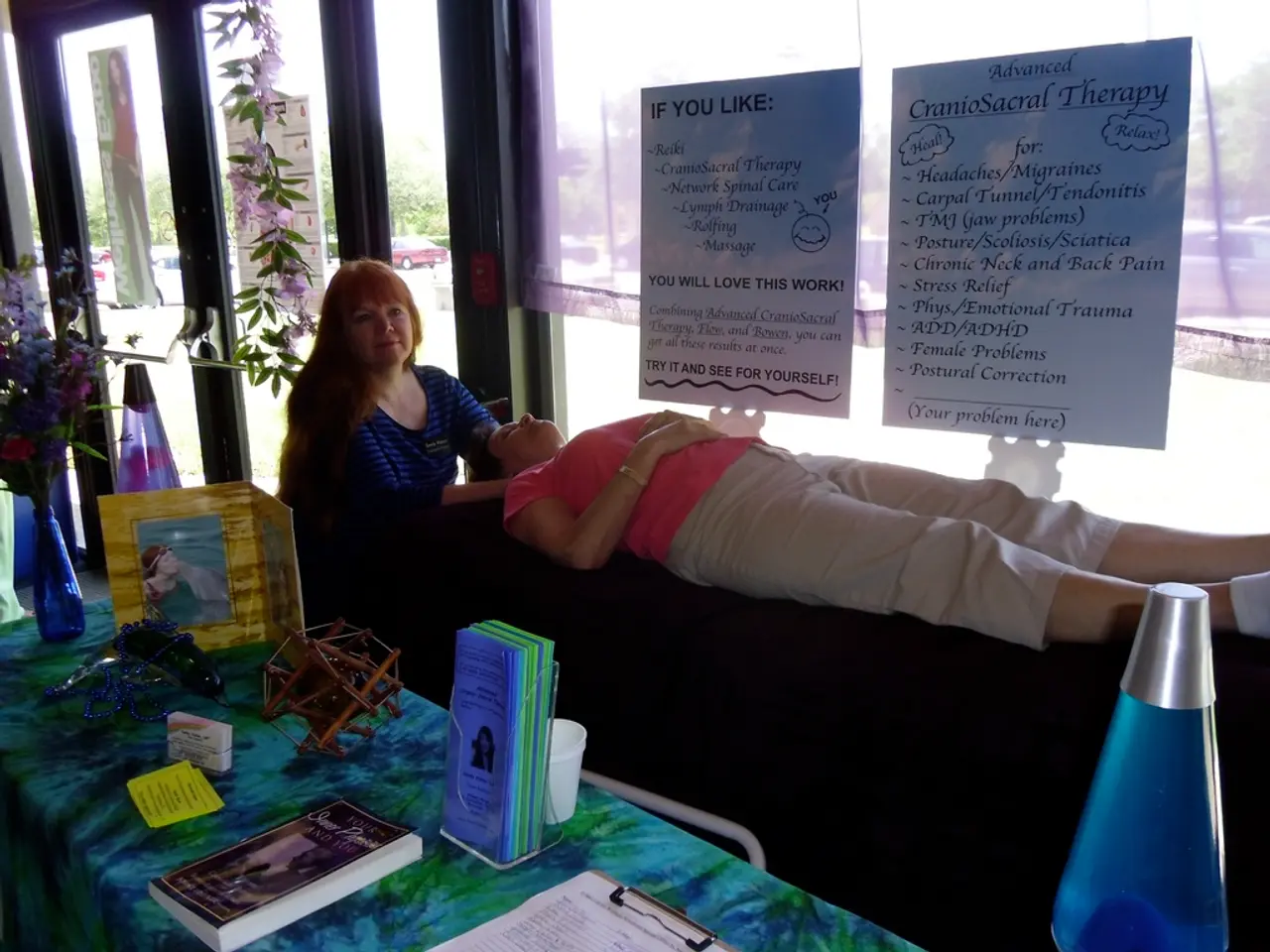Understanding the Concept of Recurring Depression
Double depression, a combination of Persistent Depressive Disorder (PDD) and Major Depressive Disorder (MDD), can present unique challenges in diagnosis and treatment. While the specific biological, psychological, and environmental factors causing double depression are not yet fully understood, researchers have identified some key differences and similarities between the two disorders.
PDD, formerly known as dysthymia or dysthymic disorder, is a chronic form of depression that lasts for at least two years. Symptoms include a depressed mood, changes in eating habits, fatigue, sleep problems, feelings of hopelessness, difficulty concentrating, low self-esteem, and more. MDD shares many of these symptoms but requires symptoms to be present for at least two weeks and tends to be more severe. Symptoms of MDD include weight loss or gain, loss of energy, strong feelings of guilt or worthlessness, moving more restlessly or slowly than usual, trouble thinking or making decisions, thoughts of death or suicide, and more.
People with double depression may experience more severe symptoms than those with other depressive disorders. Research has found higher rates of suicidal thoughts in people with double depression and a higher risk of suicide attempts. This underscores the importance of seeking help from a healthcare or mental health professional if experiencing worsening depressive symptoms.
Treatment for double depression can be challenging due to its complex nature. Medications such as antidepressants, Selective Serotonin Reuptake Inhibitors (SSRIs), Serotonin and Norepinephrine Reuptake Inhibitors (SNRIs), atypical antidepressants, and Tricyclic Antidepressants (TCAs) may be prescribed to manage symptoms. Brain stimulation treatments like Electroconvulsive Therapy (ECT), Repetitive Transcranial Magnetic Stimulation (rTMS), and Deep Brain Stimulation may be used when depression doesn't respond to other forms of treatment. Cognitive Behavioural Therapy (CBT) is a common and effective therapy for many types of depression, and psychotherapy or talk therapy might be used alongside medication for managing double depression.
Factors that may increase the likelihood of developing double depression include temperament, early life trauma, brain differences, family history, other mental health conditions, and more. People with double depression may also have a higher chance of developing heart disease due to the combined effects of both disorders.
Self-care strategies for managing double depression at home include getting enough rest, focusing on fuel, practicing deep breathing exercises, adding movement when possible, and seeking online resources and support groups. It's essential to remember that managing double depression is a journey, and it's okay to ask for help along the way.
Double depression is not formally diagnosed, but signs might include sudden loss of pleasure or interest, changes in appetite, strong feelings of hopelessness, more fatigue, sleeping changes, and new thoughts of death or suicide. If you or someone you know is experiencing these symptoms, it's crucial to reach out to a healthcare or mental health professional for screening for both PDD and MDD. With ongoing research and improved treatment recommendations, there is hope for those living with double depression.
Read also:
- visionary women of WearCheck spearheading technological advancements and catalyzing transformations
- Recognition of Exceptional Patient Care: Top Staff Honored by Medical Center Board
- A continuous command instructing an entity to halts all actions, repeated numerous times.
- Oxidative Stress in Sperm Abnormalities: Impact of Reactive Oxygen Species (ROS) on Sperm Harm








